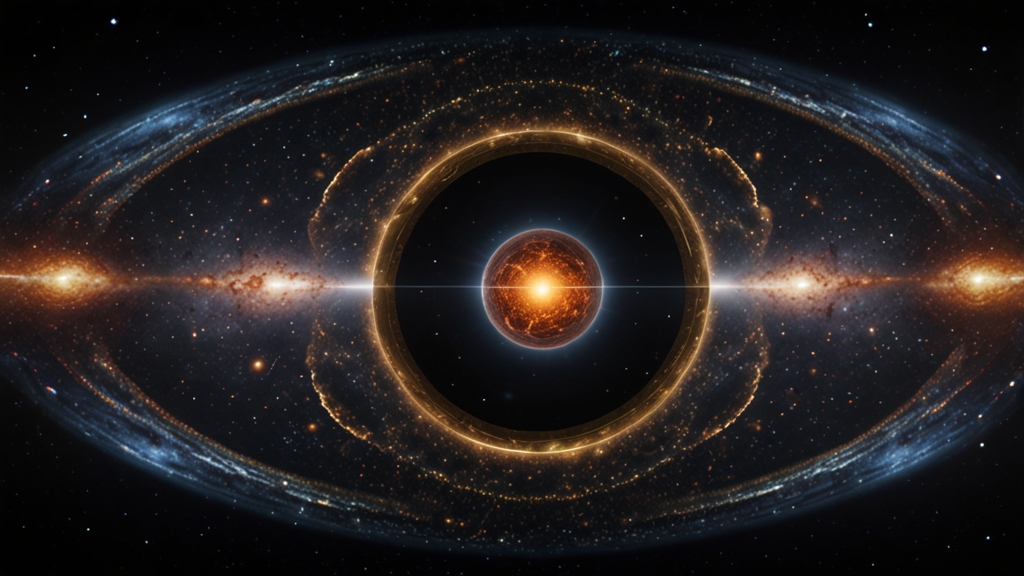Did Moses Really Part the Sea? The Science Behind the Miracle
The story of Moses parting the Red Sea is one of the most dramatic episodes in the Bible. This miracle, described in the Book of Exodus, has captivated believers and intrigued skeptics for centuries. While faith may resolve the story's authenticity for some, others look to science for explanations that could demystify this remarkable event.
The Biblical Account
In the Book of Exodus, Moses leads the Israelites out of Egypt, only to be pursued by Pharaoh's army. Trapped between the advancing soldiers and the Red Sea, the situation seems dire. However, according to the narrative, God commands Moses to stretch out his hand over the sea, causing the waters to part. The Israelites then cross on dry land, and the waters return to their place, drowning the Egyptian forces.
"Then Moses stretched out his hand over the sea, and all that night the Lord drove the sea back with a strong east wind and turned it into dry land. The waters were divided, and the Israelites went through the sea on dry ground, with a wall of water on their right and on their left." — Exodus 14:21-22
Natural Explanations
Several scientific theories have been proposed to explain the possibility of such an event:
Wind Setdown Effect
One of the most discussed theories is the wind setdown effect. This phenomenon occurs when strong, sustained winds push water away from a particular area, temporarily exposing the seabed. Meteorologists and oceanographers have studied this effect extensively.
A study by researchers from the National Center for Atmospheric Research (NCAR) and the University of Colorado suggested that a strong east wind blowing at 63 miles per hour for 12 hours could have created such a setdown in a particular area of the Red Sea (or the "Sea of Reeds," as some translations suggest). The phenomenon could have exposed a land bridge for several hours, allowing the Israelites to cross before the waters returned.
Earthquakes and Tsunamis
Another proposition involves seismic activity. Earthquakes under the sea can cause tsunamis, which may temporarily displace large volumes of water. While this explanation aligns with the sudden return of the waters, it's more challenging to align it with the sustained pathway needed for the crossing.
The Debate Continues
While these natural explanations provide intriguing possibilities, they do not capture the full essence of the Biblical account, especially the description of walls of water standing on either side. The scientific approach tends to favor explanations grounded in probability and natural law, while the Biblical narrative embraces divine intervention.
"The parting of the Red Sea still stands as one of the most remarkable stories of faith and deliverance. Whether one views it through the lens of theology or science, its impact on culture and religion is undeniable." — Dr. John Harlow, Theological Scholar
Conclusion
The question of whether Moses really parted the Red Sea continues to inspire debate. For those of faith, the miracle underscores the power and providence of a divine being. For others, exploring scientific explanations provides a framework to understand how such events could occur within the natural world.
Ultimately, the story's enduring power may lie not in its factual accuracy, but in its ability to inspire and evoke a sense of wonder. Whether through belief in the miraculous or through awe at the forces of nature, the tale of Moses parting the Red Sea remains a captivating narrative that spans both religious and scientific realms.








